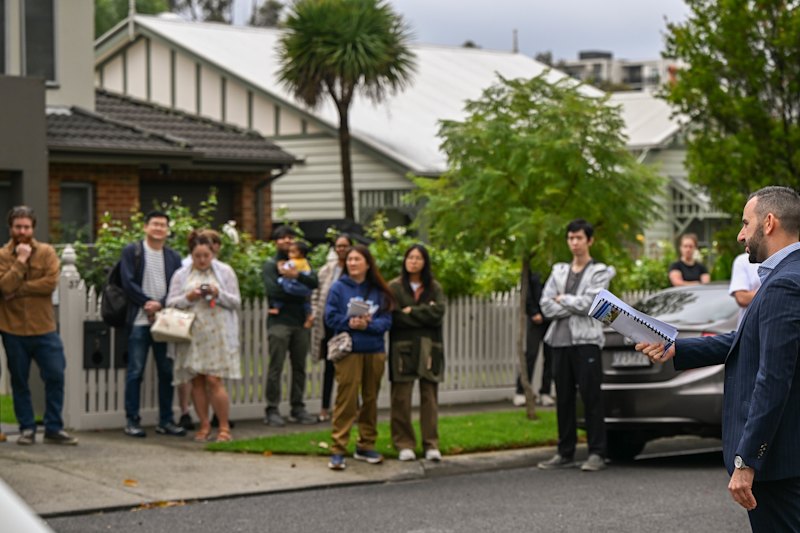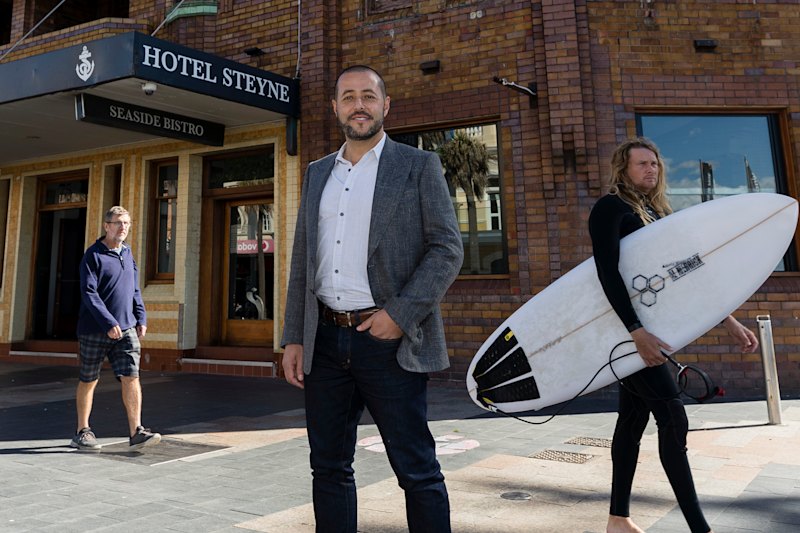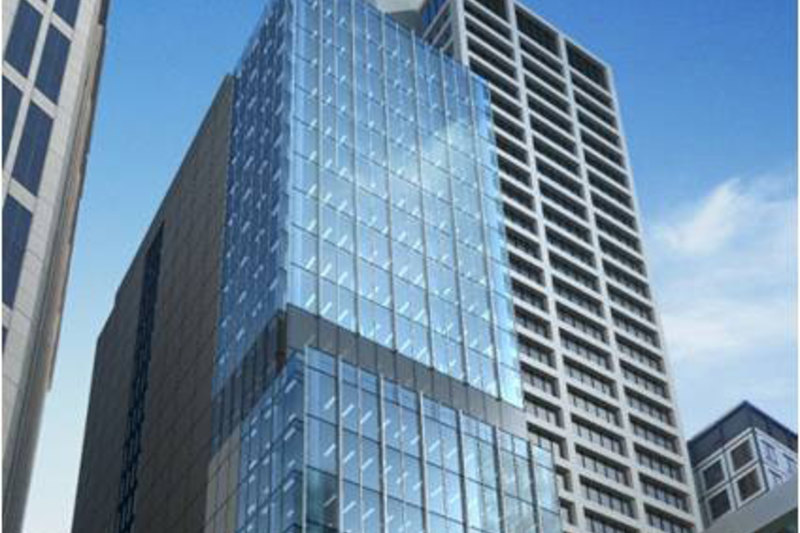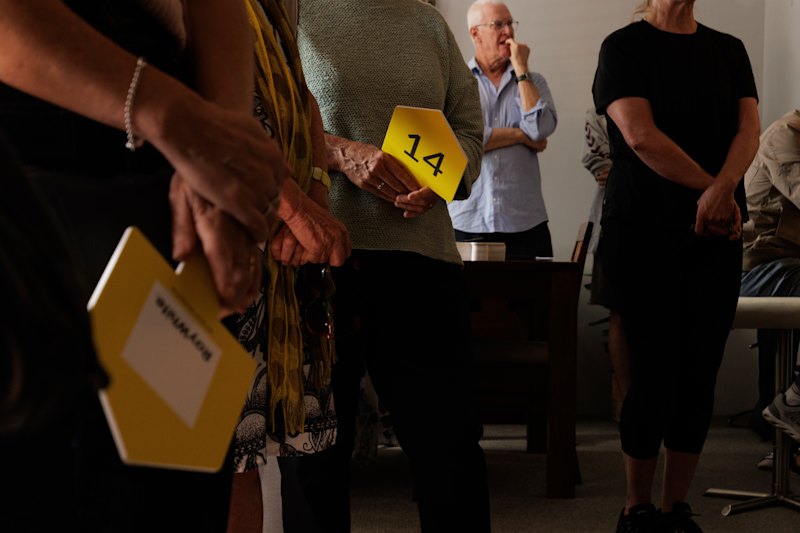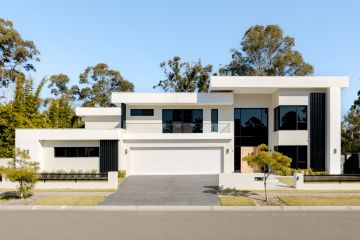The latest tech set to change apartment living
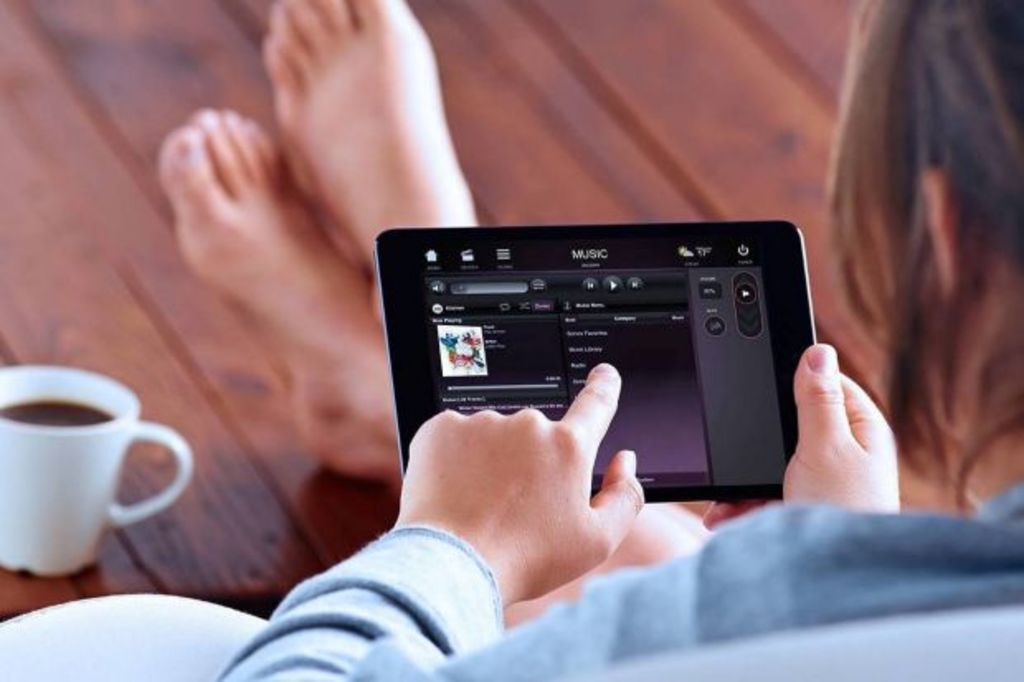
Thanks to a rapidly emerging design trend incorporating a plethora of advanced lifestyle technologies, the once humble unit or townhouse can now offer an experience that channels science fiction rather than urban norm.
Electric vehicle charging bays, biometric apartment access and smart meter technology are just an example of the innovations currently making their way into exciting new residential developments both here and abroad. Notable for their emphasis on enabling sustainable lifestyles, such inclusions allow residents to control living costs and reduce their carbon footprints. Then there’s the simple, inescapable fun of living in a responsive and interactive space.
“Technology and the idea of connectivity has become integral to everyone’s lives, so there’s now an expectation, particularly among younger buyers, that everything within a house or apartment should also be connected,” says Ed Horton from sustainable development specialists the Stable Group. “Thanks to significant advances, the technology now exists for everything within your apartment or home to be managed from your tablet or your smart phone.”
The Burcham, a new Sydney residential complex for which Horton is spokesperson, is as an example of a development that integrates the very latest in household technologies. Thanks to the involvement of specialist technology provider Schneider Electric, the catalogue of innovations on offer is extensive, and includes biometric finger print access controls, number plate recognition (for secure car park access), in-apartment energy monitoring systems and hydronic under-floor heating. It also features four solar-powered electric vehicle charging stations and rainwater harvesting facilities. An imbedded electricity network (incorporating a solar energy system) and push smart metering are also key draw cards.
 Artists’ impression of The Burcham’s exterior. Photo: Supplied
Artists’ impression of The Burcham’s exterior. Photo: Supplied
“The Burcham will be truly smart to the extent that the technology will enable residents to adapt and change their behavior,” says Horton. “For example, they’ll be able to monitor and manage energy use. There are systems that will report on energy consumption, as well as pricing and availability, which will then allow them to adjust appliance use to coincide with periods of cheapest energy availability. As such, these systems will better enable residents to manage and control their expenses. If they’re worried about sustainability and energy consumption from an altruistic perspective, this technology will also help them reduce their carbon footprint.”
Already well established in the US, the concept of high-tech living spaces is rapidly gaining a dedicated following here in Australia. According to Isaac Kim, SMART Space residential business development manager for Schneider Electric, the availability of full system automation is a major attraction for would-be adopters.
“When we talk about interesting residential technologies, the luxury or ‘show-off’ features are among the most popular,” says Kim. “These could be things like lighting automation, multi-media control, or remote access – being able to control your home while you’re away from home. Let’s say it’s hot. You’re getting home in 10, 20-minutes. You want the air conditioner turned on before you get there. You can do it via remote command using your phone or smart device.”
 Artists’ impression of The Burcham’s rooftop. Photo: Supplied
Artists’ impression of The Burcham’s rooftop. Photo: Supplied
GEO fencing capability offers another means of getting your home or apartment to respond to your lifestyle needs. Operating at any radius from 100-metres to three-kilometres, it enables designated household systems and appliances to be activated or deactivated depending on your proximity to your home.
“For example, when a smart device is detected leaving the actual home, the home can react in a certain way,” explains Kim. “It can shut off the lights, close the blinds, make sure things are locked. Then as you’re driving back home later in the day, the home will detect your device as you approach and will start to power up again. It can even make you a coffee which will be ready when you arrive.”
Once confined to the realm of Hollywood futurism, voice control is now even an option.
“It’s a big one,” agrees Kim. “Theoretically, you can use your voice to control anything you have set up under the home automation system. You might say, ‘adjust the lighting’ or ‘change the channel on the TV.’ It could be ‘increase the volume of my stereo’ or ‘open this door’. Anything that’s been set up in the home automation space can be controlled by voice – even the kettle.”
 Artists’ impression of The Burcham’s interior design. Photo: Supplied
Artists’ impression of The Burcham’s interior design. Photo: Supplied
We recommend
We thought you might like
States
Capital Cities
Capital Cities - Rentals
Popular Areas
Allhomes
More

